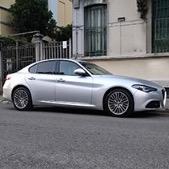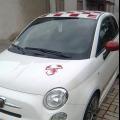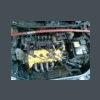Rimac Concept_One 2016
Quanto ti piace la Rimac Concept_One 2016?
12 voti
-
1. Quanto ti piace la Rimac Concept_One 2016?
-
Molto6
-
Abbastanza4
-
Poco1
-
Per niente1
-
- Si prega di accedere o registrarsi per votare a questo sondaggio.

.thumb.jpg.d20c5008a881490f9c7f843d442a34f8.jpg)

.thumb.jpg.902d2a4f20a129e92b6f6920407b81bd.jpg)






















.thumb.jpg.46228d717c405acd43b45b79fddce6a4.jpg)

Messaggi Raccomandati:
Crea un account o accedi per lasciare un commento
Devi essere iscritto per commentare e visualizzare le sezioni protette!
Crea un account
Iscriviti nella nostra community. È facile!
Registra un nuovo accountAccedi
Sei già registrato? Accedi qui.
Accedi Ora